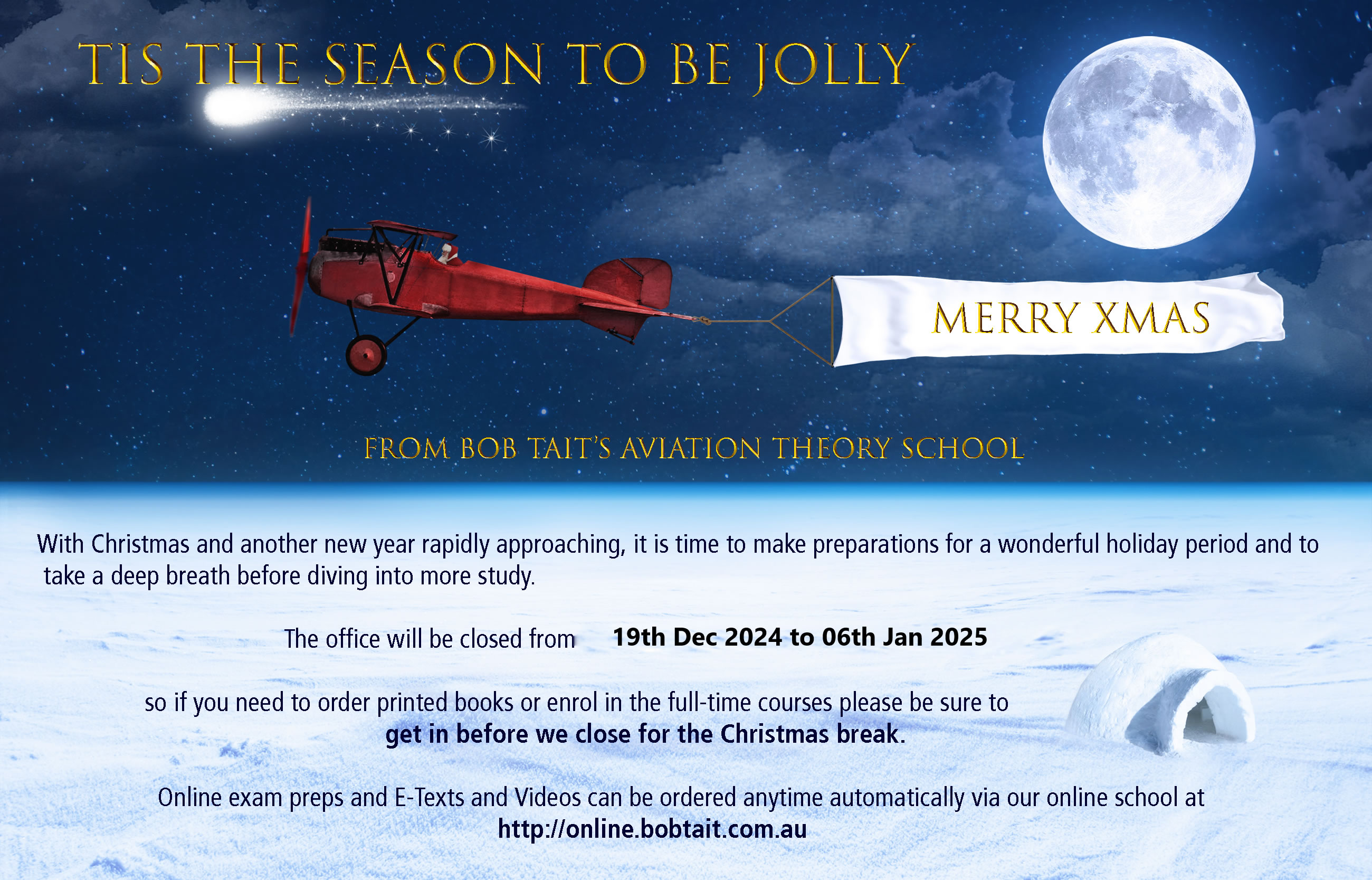First, a caveat. I don't know anything about HATs and the like. I was brought up on the ADF to orient, orient, orient ... and then do some more orienting. That was to keep focus on
(a) where am I ?
(b) (roughly) how far out from the aid am I ?
(c) where do I need to go (ie point initially to end up somewhere useful) ? This depends, quite strongly, on (b) and where it is that I might want to end up.
(d) what's the better direction to turn - left or right ?
(e) how far should I turn ?
(f) then how do I know when I am where I am trying to go, initially, to eventually get when I need to end up, finally ?
(g) what do I need to do to achieve whatever it is I am trying to do when I get to (f) ?
If you draw pictures, life gets ever so much easier when you are playing I/F. Doesn't matter whether you draw the pictures on a bit of paper or in your mind's eye as you are motoring along .. same, same, although the mind's eye makes for an easier life when pushing or pulling at the same time.
It helps, greatly, when asking this sort of question, if you just post a scan of the original so that you don't, inadvertently, misreport the story in the question. So, for instance, I suspect that your initial story intended the present ADF reading to be relative, not magnetic ?
Your discussion, apparently to do with a second HAT (?) makes very little sense to me, at all.
First, the question appears to be concerned principally with getting back onto the FPT so you can fix the present track error and continue on your planned, merry way. That's just a simple intercept consideration, made much easier as you are tracking generally away from the aid.
It is clear that Bob's preference is to use 30 degrees as a standard intercept angle. No problem with that, although, depending on where you are in terms of distance from the aid, that angle might not be very useful.
It doesn't matter what angle you use, so long as it is relevant and pertinent to the present situation - 20, 30, 45, 60, 90 degrees all have their uses from time to time.
When you have chosen whatever intercept angle looks to be particularly useful or convenient, drift doesn't come into the intercept problem, specifically, although consideration of the wind might well influence the particular intercept angle you select on the day. You just head off on the particular chosen heading and then, when you approach the desired inbound (or outbound) track, you lead onto the track and then set a best guess drift angle which you refine over the next few minutes without too much difficulty at all. Once you selected the heading to track to the intercept, then you have uniquely decided on what the intercept angle will show on the ADF when you get to the required track. The only point to finesse is to start your turn a little ahead of that track (lead) so that you end up on the track when you have completed the turn.
Once again, for the theory training bit, it is useful to emphasise one intercept angle at the start so that things aren't too complicated while you are getting your head around the stuff. However, once you get into the aircraft, you will (rapidly) find that one size certainly doesn't fit all situations.
However, first crawl, then walk, then run.







